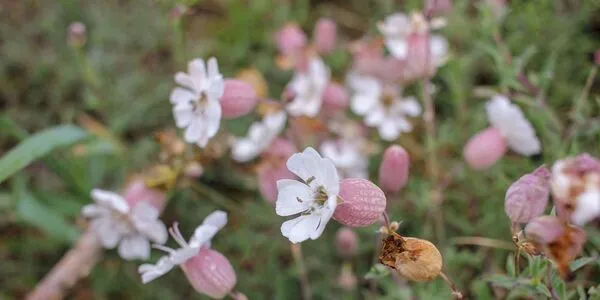Ancestral variation is thought to play a role in guiding future environmental adaptations in populations of organisms. Evolution by natural selection operates on the variation present in a population, and ancestral variation can provide a starting point for adaptive responses to new environmental conditions. This can increase the likelihood that a population will evolve useful adaptations, since useful traits can be built upon existing variations in the population. However, it is also important to note that the specific outcome of evolution is determined by a complex interplay of factors, including the presence of beneficial mutations, genetic drift, and interactions with other species.
The rate of environmental change is extremely difficult for wild organisms. Individual plants and animals can potentially adjust their biology to better cope with new pressures when exposed to a new environment; this is known as phenotypic plasticity.
Plasticity is most likely important during the early stages of colonizing new areas or when exposed to toxic substances in the environment. According to new research published in the journal Nature Ecology & Evolution, early plasticity can influence the ability to later evolve genetic adaptations to conquer new habitats.
Sea campion normally grows on cliffs and shingle beaches, but mining created a new niche for them that other plants couldn’t exploit, and our research has shown that some of the beneficial plasticity in coastal plants helped the mine plants adapt so quickly.
Dr. Alex Papadopulos
Sea campion, a coastal wildflower from the UK and Ireland has adapted to toxic, zinc-rich industrial-era mining waste which kills most other plant species. The zinc-tolerant plants have evolved from zinc-sensitive, coastal populations separately in different places, several times.
A team of researchers led by Bangor University conducted experiments on sea campion to better understand the role of plasticity in rapid adaptation. Because zinc-tolerance has evolved several times, the researchers were able to investigate whether ancestral plasticity increased the likelihood that the same genes would be used by different populations exposed to the same environment.
The researchers were able to see how plasticity in the coastal ancestors has paved the way for adaptation to occur very quickly by exposing the tolerant and sensitive plants to both benign and zinc-contaminated environments and measuring changes in the expression of genes in the plant’s roots.

Ancestral variation plays an important role in guiding future environmental adaptations. This is because species that have a diverse genetic backgrounds have a greater chance of possessing traits that can help them survive and adapt to changing environments. For example, some species may have inherited genes that give them resistance to certain diseases, which can help them better survive in new environments where these diseases are present. This idea is based on the theory of evolution, which states that species that are better adapted to their environment are more likely to survive and pass their genes on to future generations.
Dr Alex Papadopulos, senior lecturer at Bangor University explained:
“Sea campion normally grows on cliffs and shingle beaches, but mining created a new niche for them that other plants couldn’t exploit, and our research has shown that some of the beneficial plasticity in coastal plants helped the mine plants adapt so quickly.”
Alex added,
“Remarkably, if a gene responds to the new environment in a beneficial way in the ancestral plants, it is much more likely that that gene will be reused in all of the lineages that are independently adapting to the new environment. Phenotypic plasticity may make it more likely that there would be the same evolutionary outcome if the tape of life were replayed. If we understand the plastic responses that species have to environmental change, we may be better equipped to predict the impacts of climate change on biodiversity.”















